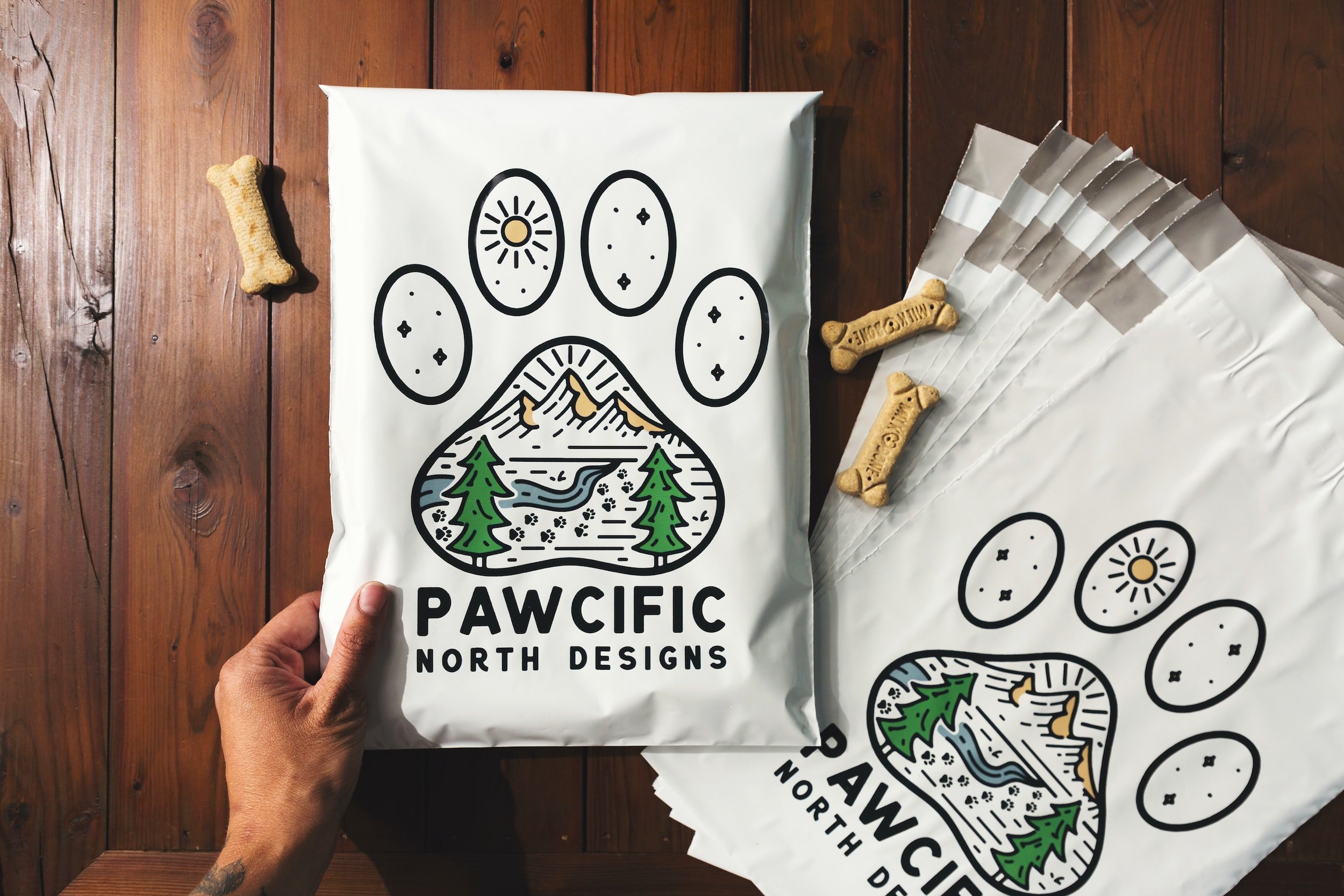Sustainable Packaging – Unwrapping a Mega Trend
How much thought do you give to the wrapping? We delve into the evolving world of sustainable packaging.
Written by Victoria Kent, Senior Investment Specialist
This information does not take into account your personal objectives, financial situation or needs. You should consider if the relevant investment is appropriate having regard to your own objectives, financial situation and needs.
Sustainable packaging is impacting you here and now, whether you are an active participant in the trend, simply passively shopping at the supermarket or ordering takeaway.
The materials we use matter. While most of the sustainability focus has been on metals, mining (and its emissions), chemicals and agriculture, the paper and packaging industry form a crucial part of humanity’s vision for a sustainable future.
One of the underlying fund managers of Elevate Super, Nanuk Asset Management, identified sustainable packaging as a global megatrend some years ago. According to Nanuk’s portfolio manager Peter Wilmshurst, sustainable packaging "is an interesting investment opportunity while also an important lever to boost environmental sustainability globally."
They have been keeping a keen eye on this space, looking out for investment opportunities that typical retail investors wouldn’t consider.
At the time of writing, Nanuk’s New World Fund has about 10% invested in this growth driver across several different companies like Westrock and Graphic Packaging International.
Packaging itself contributes to sustainability in two ways. Aside from the obvious environmental problems of the packaging itself, packaging is critical for reducing food waste and its corresponding greenhouse gas emissions, agricultural emissions and land clearing issues.
Food waste is a critical issue in and of itself. If it was a country, it would be the third largest greenhouse gas emitter behind the U.S. and China.
So, which is better - plastic, paper or metal? As with most simple questions, the answer is “it depends”. The more critical points to consider with sustainable packaging are:
sourcing of raw materials
impact on transportation
recovery/recycling and end-of-life use, and
impact on avoiding waste and damage
Whether plastic, paper or metal is the most sustainable form of packaging will largely depend on its sourcing, application and afterlife.
Let's unwrap this megatrend by exploring the packaging types further.
Plastic
There are two groups of plastic: rigid or flexible. Most ends up in landfill, is incinerated or goes into the environment. According to Nanuk, only 2% goes back into a similar quality application.
There are several different types of plastic (you'll be familiar with those numbered triangles). Alas, some plastics are easier to recycle than others, especially if the plastic contains more than one type.
Plastic can also become contaminated by what it has packaged. Flexible packaging in particular is a real problem for the environment and difficult for recycling machines to sort. Check out a video on a sorting machine here.
The distribution and abundance of microplastics into the world are so extensive that many scientists use them as key indicators of the recent and contemporary period defining a new historical epoch: The Plasticene.
Eeeek.
In recent years, we've become keenly aware of the effects of plastic pollution (think of those terrible images of beautiful beaches awash in plastic waste) and the dangers of microplastics – both in terms of how it affects our wildlife as well as ourselves.
According to the WWF, each person consumes around a credit card worth of microplastics per week. Fortunately, our global leaders have committed to take action, signing a treaty to end plastic pollution by 2024 (we wrote about it here).
Paper
Paper and paperboard packaging – which includes corrugated cardboard boxes, folding cartons, rigid paperboard boxes, flexible packaging, sacks and bags – is an increasingly popular sustainable packaging choice.
Recently there has been an acceleration in corrugated box growth, driven largely by e-commerce.
The lightweight nature of paper reduces shipping/transportation costs, which in turn lowers CO2 emissions. Considered one of the most environmentally friendly materials, paper has the advantage of being bio-based, biodegradable, and recyclable.
Paper is relatively easy to recycle as it can be re-pulped but it often ends up in landfill, where its degradation rate slows while taking up more space than the same weight of plastic.
Additionally, paper-based flexible packaging is often laminated with plastic/aluminium or coated with resin, therefore rendering it non-recyclable.
I've always wondered whether you need to remove the tape before throwing boxes into the recycling bin? According to the Waste Away Group: "not at all...the recycling process of corrugated boxes involves churning it up with water to make a slurry. In this process, tape and paper labels will rise to the top and be skimmed off...". But sure, if it's easy to peel the tape off, do it. ☝🏻
Metal
Metal is experiencing a bit of a packaging renaissance. Infinitely recyclable without loss of quality, metal packaging is a key contributor to the circular economy.
It also has one of the highest recycling rates: 74.5% for aluminium cans and 82.5% for steel packaging.
Metal is also beneficial in reducing food waste because of its strong barrier properties and versatility.
This keeps food fresher for longer and minimises product loss during filling and transport. One drawback to the use of metal packaging is the carbon-intensive production process.
However, the industry claims this has been decreasing due to innovations and an increasing reliance on renewable energy sources.
Sustainable packaging is here to stay. Consumers are acting, governments are acting (most notably the EU), and companies are following.
Whether plastic, paper or metal is the most sustainable form of packaging will largely depend on its application.
As one sustainability consulting firm aptly puts it; the way forward for the sustainable packaging industry is to introduce better recycling systems, more recycling-friendly flexible packaging solutions, smaller amounts of substrate per package and a stricter focus on creating a circular economy.




